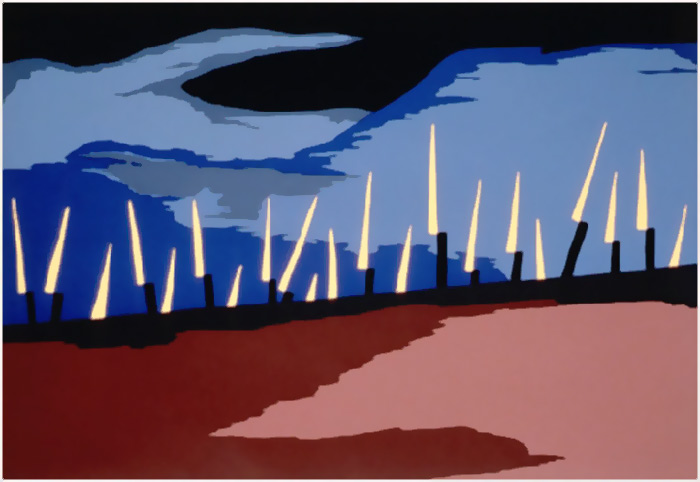Attack
Dec 14, 2010
In the 1850s, John Brown announced to trusted friends and family that he'd been chosen by God to end slavery in the United States. He traveled first to Kansas, where abolitionists and slave-holding settlers were battling for control of the territory. Then he went to Canada to raise money, gather supporters, and lay plans for an uprising.
In October 1859 Brown returned to the United States with a couple of dozen men, white and black, and a plan to organize slave revolts in the mountainous regions of Virginia, Kentucky, and Tennessee. From mountain hideouts, abolitionist bands would help slaves attack their masters and conduct guerilla-style warfare against slaveholders and their civilization.
Brown's first target was the federal arsenal at Harpers Ferry, in what is now West Virginia. The men were already well armed, thanks to donations from abolitionists, but additional weapons would be needed to arm the hundreds or thousands of slaves that were expected to join the revolt. Brown's raiders cut the telegraph line, took hostages including George Washington's nephew, captured a train on the B&O railroad line that passed through town, and took the armory.
But the ultimate success of the plan depended on sparking a general rebellion of slaves throughout the area, which never happened. After a few hours, U.S. Marines led by Robert E. Lee and Jeb Stuart arrived from Washington; Stuart attempted to negotiate a surrender but when Brown refused, the raid was put down in literally three minutes.
During those three minutes, Brown was severely wounded by a sword blow, from which he never recovered. At his trial for treason he lay on a stretcher and barely participated in the proceedings. He was hanged on December 2, 1859.
Slaves did not join him in revolt, but they sang about his body, mouldering in the dust, and about his soul, marching on. Less than two years later, civil war engulfed the whole country, and less than two years after the war began, Lincoln proclaimed that slaves were free.
The military commanders who had quashed Brown's raid at Harpers Ferry, Lee and Stuart, resigned their commissions in the U.S. Army and fought for the Confederacy.
This image of Brown's warriors approaching the Harpers Ferry arsenal is from a 1941 series of twenty-two paintings by Harlem artist Jacob Lawrence that illustrate the life and legend of John Brown.
